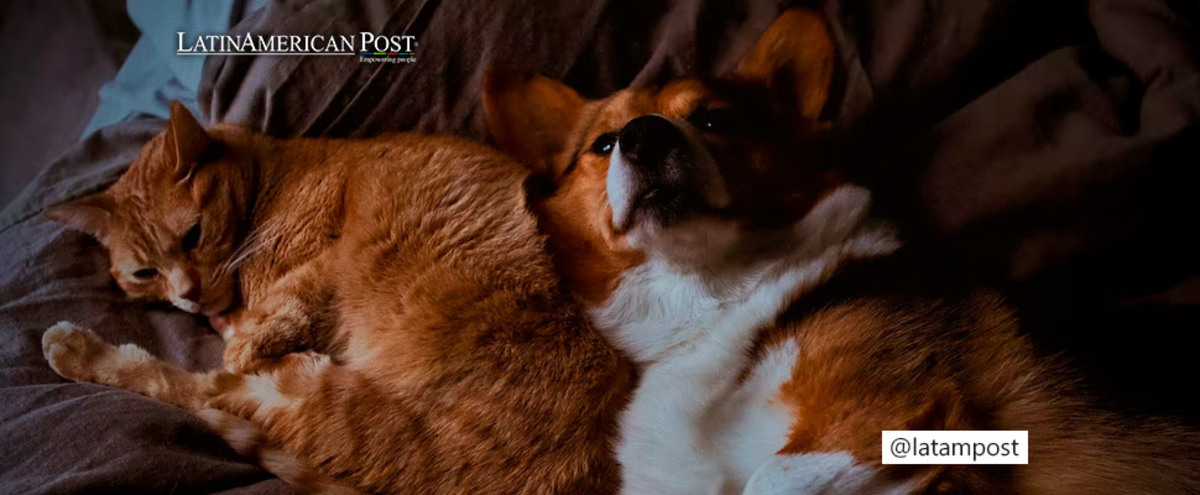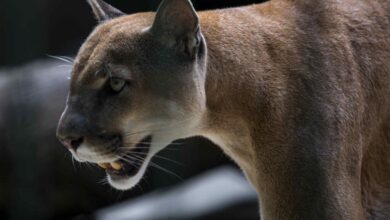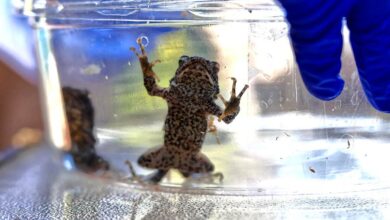Dangerous Objects and Plants for Gogs and Pets at Home
There is a common thought that houses are the safest spaces for pets. However, multiple dangerous objects and plants for dogs and other pets in homes can pose significant risks to their health.

Photo: Unsplash
LatinAmerican Post | Daniel Alejandro Vergara
Listen to this article
Leer en español: Objetos y plantas peligrosas para perros y mascotas en el hogar
Although pets are normal to be in contact with nature, special care must be taken with some dangerous plants for dogs and cats that can be toxic and poisonous. As for those for indoor use, according to a National Geographic article, special care should be taken with two types: first, there is the Kalanchoe, a genus with about 125 species, of which the kalanchoe pinnata (tree of life) is one of the most used for use inside houses. In the second place is the Euphorbia pulcherrima, better known as the Easter or Christmas flower, characterized by its red color in the petals with green leaves on the stems. Both plants can be poisonous if eaten. That is why keeping it in spaces where pets cannot reach them is recommended.
According to research published in the Veterinary Magazine of the National Northeast University (UNNE) in Argentina, some plants in home gardens may contain toxic components that affect the digestive system, skin, or nervous system, both canines and felines. These plants include angel hair, camera, ivy, castor bean or spurge, azaleas, painter's palette, croton, daffodils, tiger's tail, buttercup, pokeweed, rubber, federal star, aloe vera, among others.
Why Do my Pets Eat Plants?
It can happen for various reasons. It usually involves the absence of fiber in animals' diets, so they look for it in a plant. Other reasons may be anxiety due to not having the necessary physical activity or boredom.
We recommend you read: Rescue dogs: faithful and protective
What to Do if my Pet Eats Any of These Plants?
The UNNE study suggests that initially, you should remain calm. When eating irritating or toxic substances, animals tend to vomit, preventing the effects from going beyond stomach, throat, or mouth irritations. You can try to clean the animal's mouth with a brush and water to remove the remains of the grass that has been ingested. You should visit the vet to identify what plant was ingested if it presents symptoms such as a rash, itching, fever, pain, or skin eruptions.
Other Dangerous Objects for Pets
In addition to plants, other objects can be dangerous for dogs and cats inside the home. As for edible products, you can find the seeds and fruits of trees such as walnuts, plums, and peaches, which can not only cause gastrointestinal obstructions since they are not crushed or chewed but can also cause cyanide poisoning, although this is not It's prevalent. According to the United States Food and Drug Administration (FDA), other edible products that lead to possible intoxication, irritation, or poisoning may contain cocoa or caffeine, garlic, onion, grapes, marijuana, alcoholic beverages, and some yeast products.
The FDA also states that particular inedible objects can cause pet problems. Among these are paints, antifreeze, insecticides or pesticides, flavorings, Christmas tree decorations and plasticine made with salty dough, fertilizers for the lawn, and composting.
The degree of toxicity of what the pet ingests depends on several factors, such as the type of animal and its breed, the size. The amount ate, the part of the consumed plant (if the ingestion was from a plant), and the response biology after what happened. If any of these elements are ingested, and some disease symptoms appear, professional help from a veterinary clinic should be sought immediately. In any of the cases, it will always be better than these previously mentioned objects that are out of the reach of pets. Remember that the home can also represent risks for these canine and feline companions.




